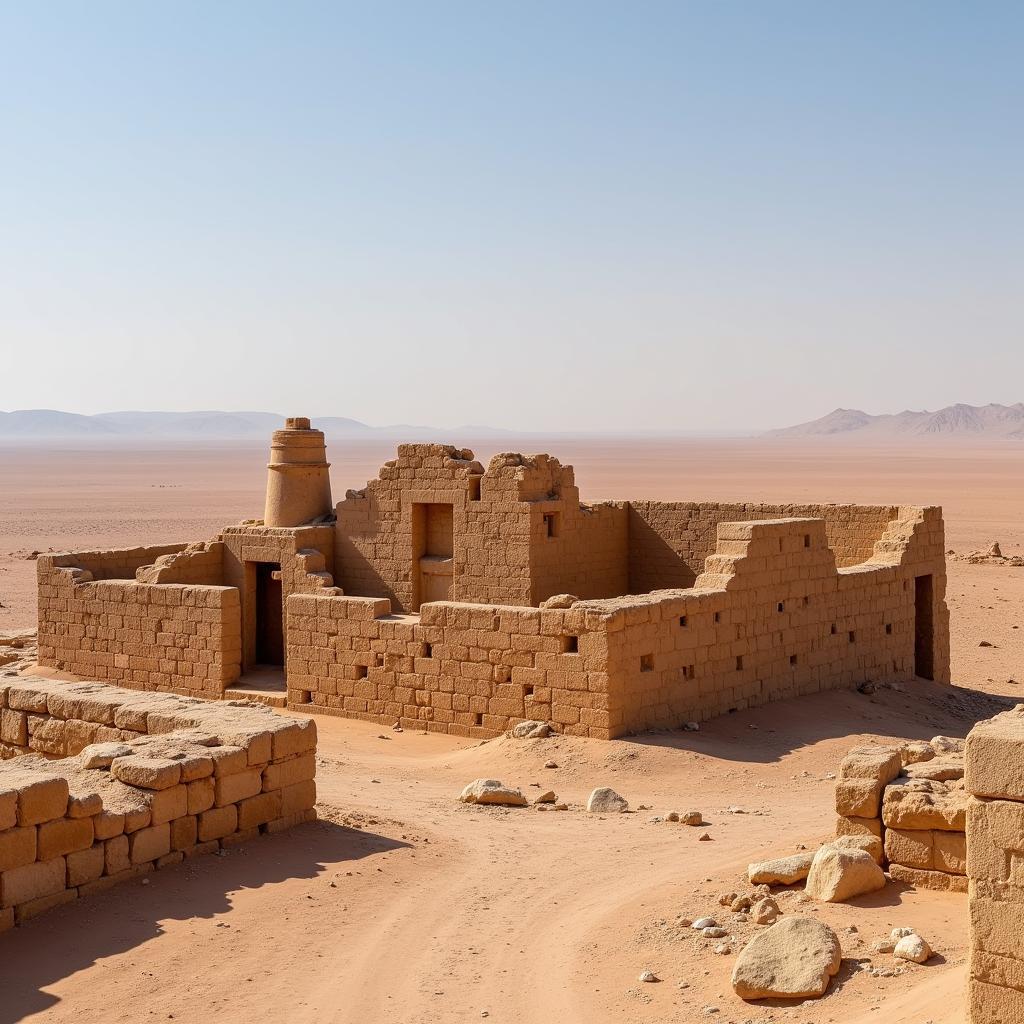Unveiling the Mysteries of the African and Eurasian Desert Belt
The African And Eurasian Desert Belt stretches across two continents, encompassing a vast expanse of arid and semi-arid landscapes. This iconic geographic feature, spanning from the Atlantic coast of North Africa to the steppes of Central Asia, is a testament to nature’s stark beauty and the resilience of life in the face of adversity.
A Tapestry of Deserts: Diversity within the African and Eurasian Desert Belt
Despite popular belief, the desert belt is far from a monotonous stretch of sand dunes. Within its boundaries lie a diverse range of desert ecosystems, each with unique characteristics and inhabitants.
The Sahara Desert, the largest hot desert globally, dominates much of North Africa. Its iconic sand dunes, towering rock formations, and scorching temperatures embody the quintessential image of a desert landscape.
Further east, the Arabian Desert, a land of ancient trade routes and nomadic cultures, sprawls across the Arabian Peninsula. Its gravel plains, interspersed with mountain ranges and seasonal wadis, harbor a surprising array of flora and fauna.
Across the Red Sea, the deserts of the Middle East, including the Syrian Desert and the Dasht-e Lut, present a tapestry of salt flats, rocky plateaus, and wind-sculpted canyons. These harsh environments, shaped by extreme temperatures and limited rainfall, are a testament to the power of natural forces.
Continuing eastward, the Karakum Desert of Central Asia, with its shifting sand dunes and unique cultural heritage, showcases the interconnectedness of human societies and their environment.
Life on the Edge: Adapting to the Desert’s Challenges
The African and Eurasian Desert Belt presents formidable challenges to life. Extreme temperatures, scarce water sources, and limited vegetation necessitate remarkable adaptations for survival.
Many desert animals, like the fennec fox with its oversized ears for heat dissipation, have evolved unique physiological features to cope with the extreme heat. Others, like the desert jerboa, a small rodent found in the Sahara, have adopted nocturnal lifestyles to avoid the scorching daytime temperatures.
Plant life, too, exhibits remarkable resilience. Succulents, such as cacti and aloes, store water in their leaves and stems, enabling them to survive long periods of drought. Others, like the desert lily, lie dormant for months, bursting into bloom only when rainfall occurs.
Human societies have also adapted to life in the desert belt. Nomadic cultures, such as the Bedouins of the Arabian Desert and the Tuareg of the Sahara, have traversed these landscapes for centuries, their lives intricately linked to the rhythms of their environment. Their traditional knowledge of water sources, animal husbandry, and celestial navigation showcases the ingenuity of human adaptation.
A Crossroads of Cultures: The Human Story of the Desert Belt
Beyond its ecological significance, the African and Eurasian Desert Belt holds immense cultural and historical importance. This vast region has served as a crossroads of civilizations, connecting the East and West for millennia.
Ancient trade routes, such as the Silk Road, traversed these desert landscapes, facilitating the exchange of goods, ideas, and cultural practices. The remnants of caravanserais, ancient roadside inns that provided respite for travelers, still dot the landscape, silent witnesses to a bygone era of bustling trade and cultural exchange.
The desert belt has also been a cradle of major religions. Judaism, Christianity, and Islam all originated in this region, their teachings spreading across the globe, shaping the course of human history.
 Ancient Ruins in the Desert
Ancient Ruins in the Desert
Today, the African and Eurasian Desert Belt continues to be a region of cultural diversity and vibrant traditions. From the bustling souks of Marrakech to the nomadic encampments of the Sahara, the desert’s human story unfolds in a tapestry of languages, customs, and ways of life.
Conclusion
The African and Eurasian Desert Belt, a vast expanse of arid and semi-arid landscapes, stands as a testament to the power of nature and the resilience of life. Its diverse ecosystems, unique adaptations, and rich cultural heritage offer a glimpse into a world shaped by extremes and interconnectedness. Understanding and appreciating this remarkable region is crucial for fostering global awareness and promoting the sustainable management of our planet’s fragile ecosystems.


